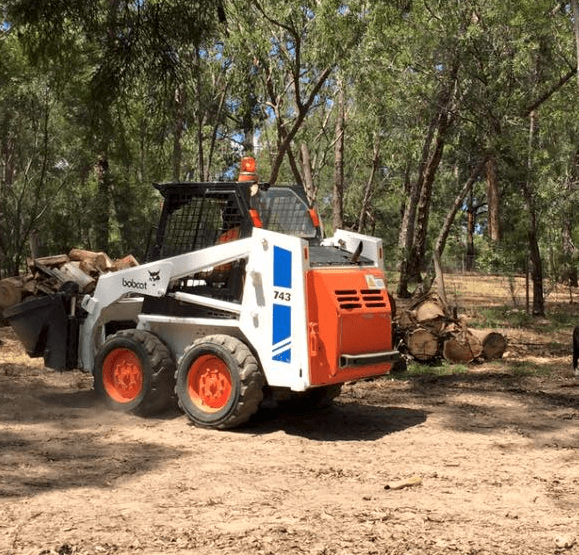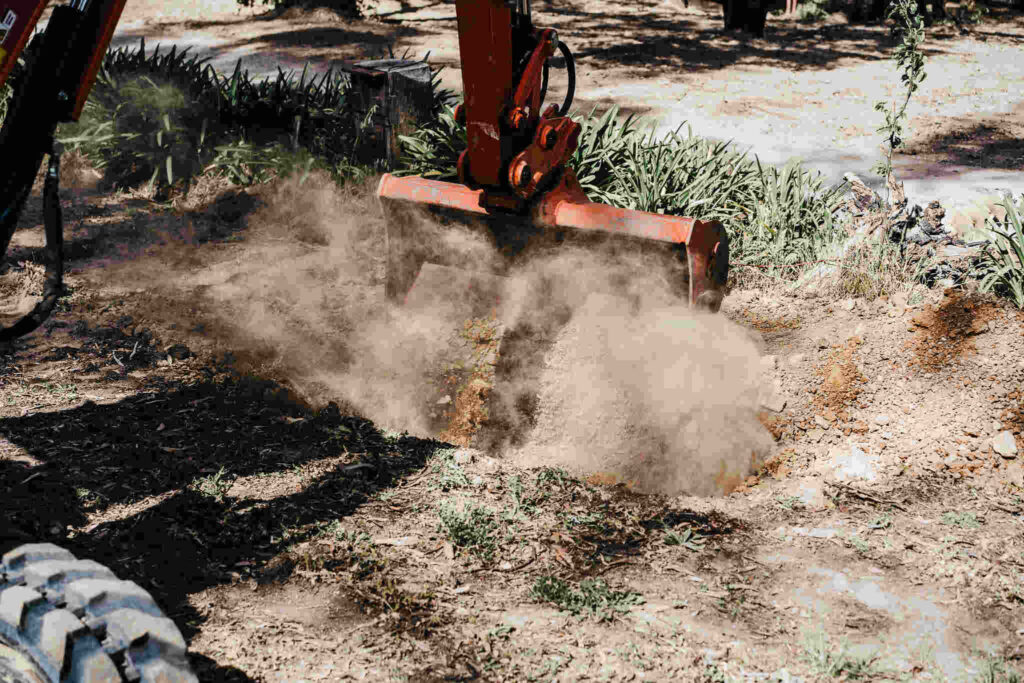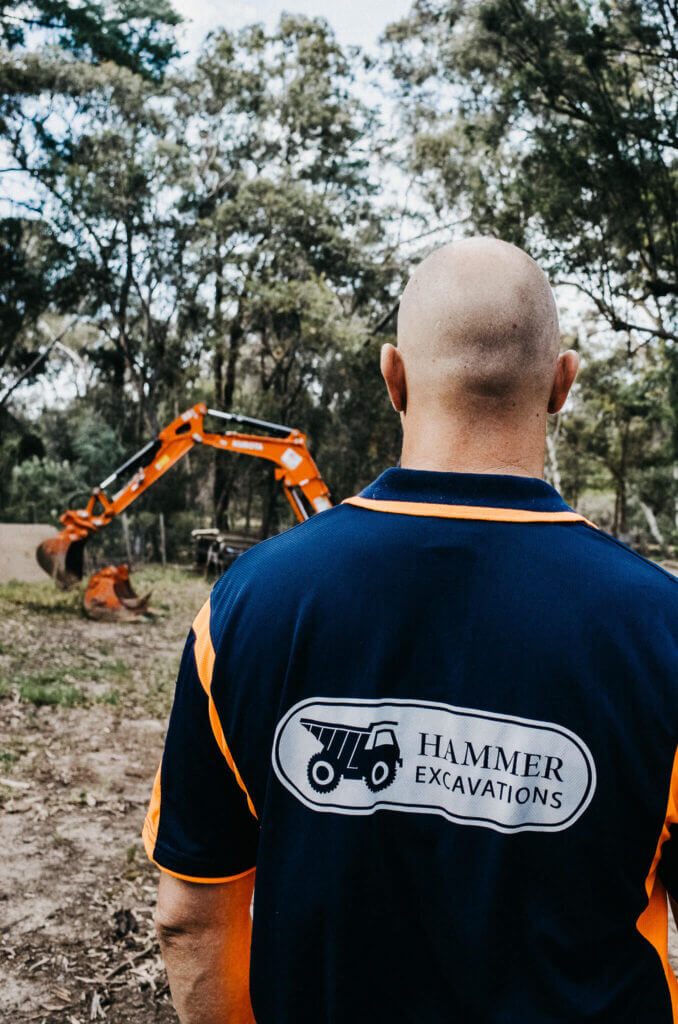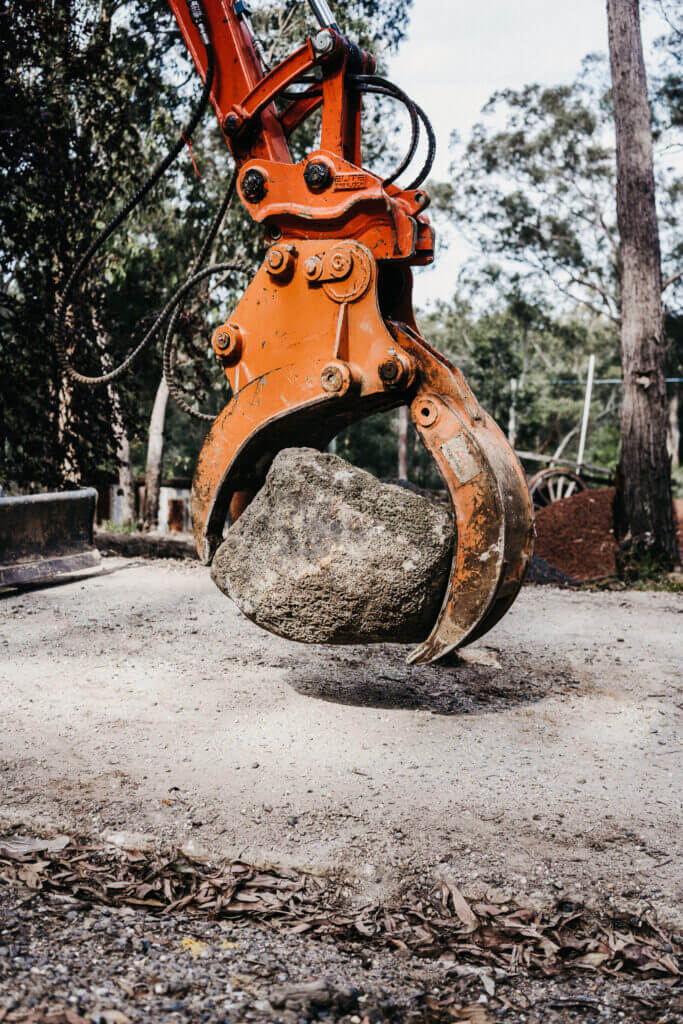SITE CUTS AND SITE LEVELING
How site cuts and leveling work?
Site cuts and leveling works is using earthworks machinery to re-cut the lay of the land or provide land clearing. Cut and fill excavation should be performed by experienced excavator operators, this can be the difference between getting what you want and having a bunch of issues later on. Site cuts can be used to create a level surface for a construction project, if the site isn’t cut to correct heights, this can cause a wealth of issues down the line in your construction project. At Hammer Excavations, we have performed site cuts for a huge range of projects, residential, commercial, houses, buildings, pools, landscaping, farm works, rock walls, retaining walls and just the list goes on.
What size machines do we generally use for site cuts?
Generally we will use the largest machines we can, to maximise the spoil removal rate. However, other factors must be taken into account, such as access, do you have power lines? a tight access point? such as a driveway. Underground services can also impact the size of machine we would use. We have machines ranging from 1.8tonne to 20tonne, excavators in that range would be used for your site cut in most circumstances. We also use bobcats, for spoil removal and grading. Truck will be used for the transport of spoil, an access will be created for trucks to enter and exit site in the site cut process.

Common soil types in Melbourne
Melbourne, like the rest of Australia, is far from active volcanoes, we do have some extinct volcanoes, but none that have been active for a very long time. On the surface, this appears to be a good thing. It does, however, imply that there is relatively little geological movement. Our soils are seldom replenished, and they are mostly made up of a thin layer of top soil that sits on top of deeper geological strata.
- There are clay-rich loamy grey soils in Melbourne’s north east. Plant nutrients and humus are scarce in these soils.
- Shallow-dark and reddish-brown heavy clay soils with a thin loamy topsoil are more typical in the north-west. Soil structure can be improved by gypsum.
- Heavier volcanic soils with many indigenous plants may be found near the Yarra’s mouth.
- Dark grey sands blend with loam and clay in coastal locations.
- There’s wet, loamy, nutrient-rich soil on the Mornington Peninsula and Dandenong hills.
“If we find rock, it can be a game changer, hard rock such as basalt and granite require using rock breakers, rock is also usually taken to different processing facilities”


How long does a site cut take?
With site cuts it can be hard to give an exact timing on how long it takes. Factors such as ground conditions, is there rock throughout the excavation site? Or is it mostly clay? Rock can slow the job down dramatically, as rock must be broken using rock breakers. Access can effect the speed of the job, does your site have limited access fro larger excavators and trucks? Generally, the larger machines we are able to use, the faster the site cut or site leveling will take.
Where do we take our excavated materials?
Soil removal or spoil removal is a key part of any site cut, all the material excavated and graded must be removed. We take care of this, using trucks, sometimes if access is ok we will use a truck and trailer. There are plenty of dump sites throughout Melbourne, all materials are taken to a permitted off-site treatment and/or disposal facility permitted off-site treatment and/or disposal facility. In the situation the spoil removed is contaminated, this will go to an official contaminated waste facility. Rock removal, rock is taken to sites that accept rock.
Material can also be left on site if that is a requirement of the owner or builder.

How do I know if my soil is contaminated?
If contaminants are present, it is likely we will get the soil tested to determine the contamination level. Contaminants can be, chemical waste, corrosive wastes, rubbish, oil, pesticides, petroleum products, radon, asbestos, lead, chromated copper arsenate and creosote. Your soil can be tested to determine the category of contamination. If the soil tests as a highly contaminated soil, it will be required to be taken to a licenced facility, we take care of all of the disposal of contaminated dirt.
